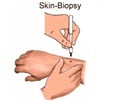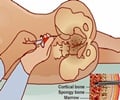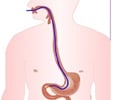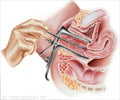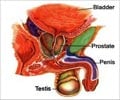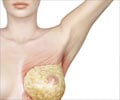What is Fine Needle Aspiration Cytology Biopsy?
Fine needle aspiration biopsy (FNAB) is the most commonly used technique for performing a breast biopsy.
For a palpable breast lump, a fine needle is inserted through the skin and directed towards the suspicious area. When this needle reaches the mass, the doctor suctions out a sample with the help of syringe, which is then sent to the laboratory for further analysis.
If the lump is non-palpable, the procedure is done with the help of imaging techniques-
- Stereotactic mammography involves using computers to pinpoint the exact location of a breast mass based on mammograms (X-rays) taken from two different angles. The computer will help the physician to guide the needle to the correct area in the breast.
- With ultrasound, the radiologist or surgeon will view the needle on the ultrasound monitor to help guide it to the area of biopsy.
Advantages of FNAC-
- FNAC is the fastest and easiest method of breast biopsy, and the results are rapidly available.
- FNAC is excellent for confirming breast cysts, and since the procedure does not require stitches, patients are usually able to resume normal activity almost immediately after the procedure.
Disadvantage of FNAC-
- The procedure only removes very small samples of tissue or cells from the breast.
- The procedure is ideal if the sample is benign fluid (for example, a cyst). However, in cases when the tissue is solid, then the results of the test allows only for a cytological (cell) diagnosis. This can be an incomplete assessment because the cells cannot be evaluated in relation to the surrounding tissue.

